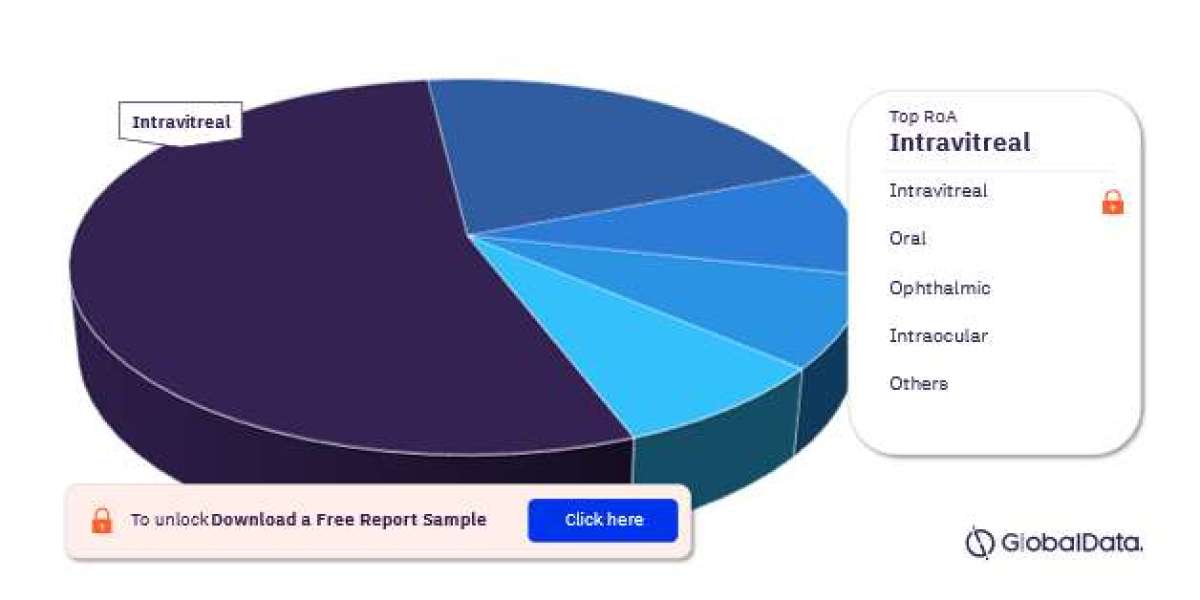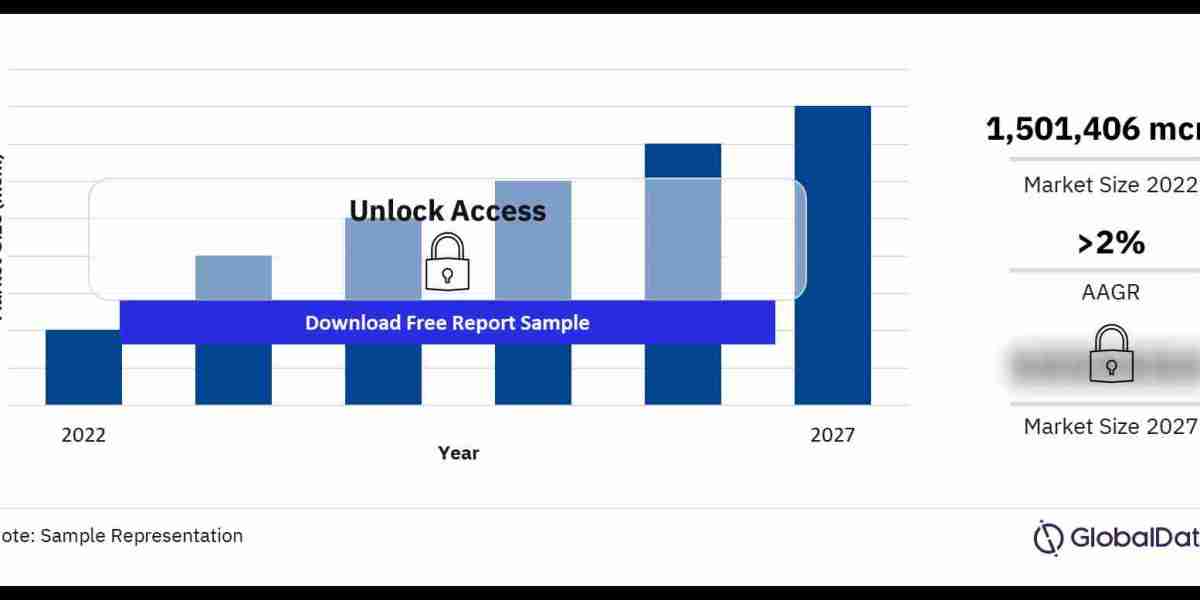The global wine market is a dynamic and evolving industry influenced by various trends and consumer preferences.
Here's an overview of the current trends and insights shaping the wine market:
Premiumization: There is a noticeable trend towards premiumization in the wine market, with consumers increasingly willing to pay higher prices for high-quality wines. This shift towards premium and ultra-premium wines is driven by rising disposable incomes, changing consumer preferences, and a growing appreciation for fine wines.
Growth of Online Wine Sales: The rise of e-commerce has significantly impacted the wine market, with an increasing number of consumers purchasing wine online. Online wine sales platforms, wine clubs, and subscription services offer consumers greater convenience, choice, and access to a wide range of wines from around the world. This trend has been further accelerated by the COVID-19 pandemic, which has led to an uptick in online shopping and home delivery of wine.
Health and Wellness: Health-conscious consumers are driving demand for lighter, lower-alcohol, and organic wines. There is a growing awareness of the health benefits associated with moderate wine consumption, as well as a preference for wines made with minimal intervention and fewer additives. Organic, biodynamic, and natural wines are gaining popularity among consumers seeking healthier and more sustainable options.
Sustainability and Environmental Awareness: Sustainability is becoming increasingly important in the wine industry, with consumers placing greater emphasis on environmentally friendly practices and eco-friendly packaging. Wineries are adopting sustainable viticulture and winemaking practices, such as organic farming, water conservation, and renewable energy usage, to reduce their environmental footprint and appeal to environmentally conscious consumers.
Emerging Wine Regions: While traditional wine-producing regions such as France, Italy, and Spain continue to dominate the market, emerging wine regions are gaining recognition for their quality and diversity. Countries such as Chile, Argentina, Australia, and New Zealand are producing world-class wines that are gaining popularity among consumers. Moreover, non-traditional regions such as China, India, and Brazil are also making strides in the global wine market, offering unique and distinctive wine styles.
Innovation in Packaging: There is a growing trend towards innovation in wine packaging, with producers experimenting with alternative formats such as canned wine, bag-in-box, and Tetra Pak. These packaging formats offer convenience, portability, and sustainability benefits, appealing to consumers looking for on-the-go and eco-friendly options. Additionally, premium wines are increasingly being packaged in luxury formats such as larger format bottles and decorative containers, targeting the gifting market and special occasions.
Rise of Wine Tourism: Wine tourism is experiencing significant growth as consumers seek immersive experiences at vineyards, wineries, and wine regions. Wine tourism offers consumers the opportunity to learn about wine production, participate in tastings and food pairings, and explore the cultural and scenic attractions of wine-producing regions. Wineries are investing in visitor centers, tasting rooms, and hospitality facilities to cater to the growing demand for wine tourism experiences.
Digital Marketing and Social Media: The wine industry is increasingly leveraging digital marketing and social media platforms to engage with consumers, promote their brands, and drive sales. Wineries are using social media channels such as Instagram, Facebook, and Twitter to showcase their wines, share behind-the-scenes content, and interact with customers. Influencer marketing, online wine tastings, and virtual events are also becoming popular ways to connect with consumers and build brand loyalty.
Globalization and Trade: The global wine market is characterized by increased globalization and trade, with wines from different regions and countries being imported and exported around the world. Free trade agreements, changing consumer preferences, and growing international competition are shaping the dynamics of the global wine market, creating both opportunities and challenges for wine producers and exporters.
Resilience and Adaptation: The wine industry has shown resilience in the face of challenges such as climate change, market disruptions, and the COVID-19 pandemic. Producers have demonstrated adaptability by diversifying their product offerings, exploring new distribution channels, and embracing digital technologies to reach consumers. Innovation, flexibility, and agility will continue to be key drivers of success for wine producers navigating the evolving market landscape.
Overall, the wine market is characterized by a combination of traditional values and innovative trends, reflecting the rich diversity and dynamism of the global wine industry. Understanding and responding to these trends is essential for wine producers, retailers, and stakeholders seeking to thrive in an increasingly competitive and dynamic market environment.








